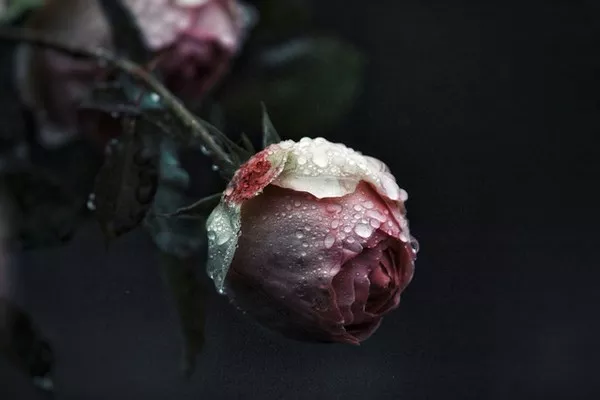Auctioneer Edwin Chrispijn recently embarked on an educational journey to Kenya, where he gained firsthand knowledge of how growers in the country conduct their business. This experience, as he shares in his blog, has enabled him to better understand their backgrounds, ultimately contributing to achieving the best prices for them at the auction.
In the world of auctioneering, securing the best prices for growers within the market is paramount. To develop a keen market sense, it is essential to have a deep understanding of the product and the grower. This is precisely why we make regular visits to growers and buyers, both domestically and abroad. During the 37th week of the year, I spent a week in Kenya, with a specific focus on rose growers who are also active in Rijnsburg.
The Kenyan Journey:
After an eight-and-a-half-hour flight, my journey led me to Nairobi, which served as my primary base of operations. Every day, I rose early to visit various nurseries spread across a vast area, including locations such as Naivasha, Thika, Nanyuki, and Kitale. These journeys were lengthy, intense, and at times, bumpy, but the beauty of the diverse landscapes, environments, and freely roaming wildlife made every moment worthwhile.
During these visits, one recurring topic dominated the discussions – ‘the current market for roses.’ Unlike the usual late-August pricing recovery, roses were experiencing sluggish growth, and costs were on the rise, leading to concerns about the cost-to-yield ratio. Despite these challenges, I was warmly welcomed everywhere I went. Auctioneers are considered the most vital contact for growers, as we serve as a tool to help them maximize their prices.
A Remarkable Experience:
The experience of witnessing how growers operate in Kenya was truly remarkable. These dedicated individuals are tirelessly striving to adapt and enhance their product range, investing in critical aspects such as water installations, biological methods, solar panels, and their workforce. The presence of nurseries has also played a significant role in providing employment opportunities for many Kenyans, which is particularly crucial in a country grappling with high unemployment rates.
Apart from gaining insights into the intricacies of farming and business in Kenya, it was immensely instructive to collaborate with local colleagues. Their deep understanding of the culture and their role in connecting with Kenyan growers is highly commendable.
Current Market Trends:
Turning our attention to the current market trends, we observed that in the cut flower segment, yellow, pink, and white colors are losing favor, with a noticeable shift towards orange, red, and darker shades. Roses, in particular, are facing challenges in the market. In contrast, flowers such as Hydrangea, Solidago, Panicum, and Hypericum are performing well. While the Netherlands experienced beautiful sunny weather this month, autumn is now firmly established. As temperatures drop, especially during the nights, it bodes well for crop development.
Autumn has also made its presence felt in the plant segment, with products like Skimmia, Gaulteria, Calluna, and winter violets enjoying robust demand. Indoor plants are witnessing a decline in Phalaenopsis, which has had a positive impact on pricing. On the other hand, Zantedeschia is experiencing a substantial increase in supply, aligning perfectly with the autumn color palette.
In conclusion, Edwin Chrispijn’s trip to Kenya not only provided valuable insights into the international rose market but also underscored the dedication and resilience of Kenyan growers. The ever-evolving floral market continues to present challenges and opportunities, shaping the strategies of growers and auctioneers alike.


